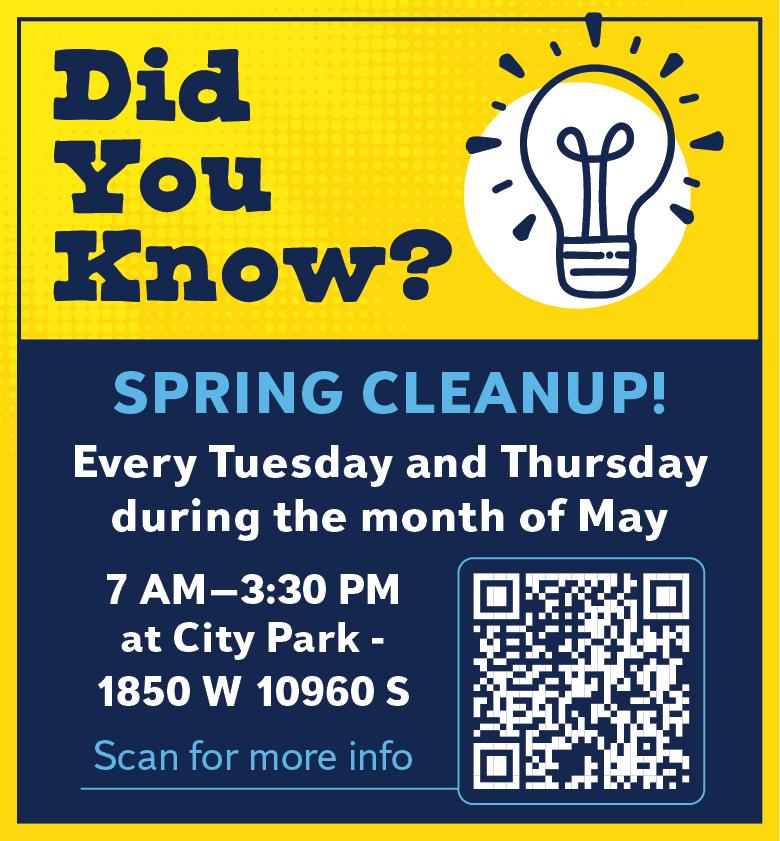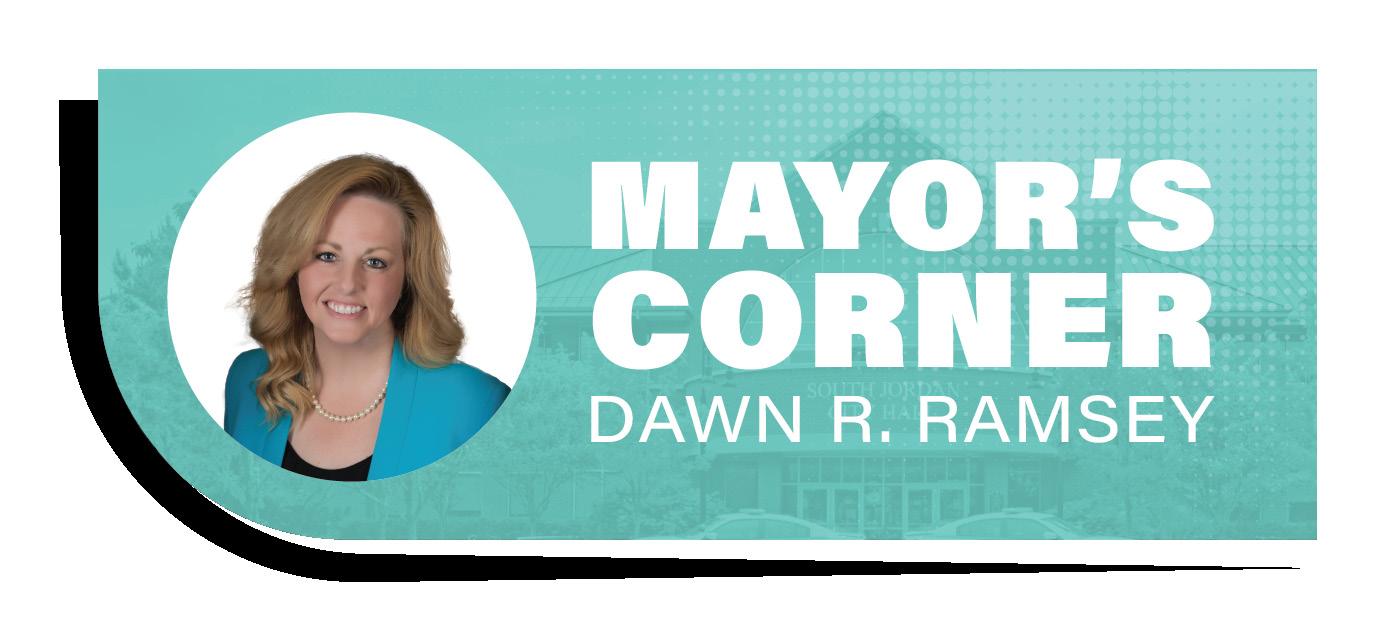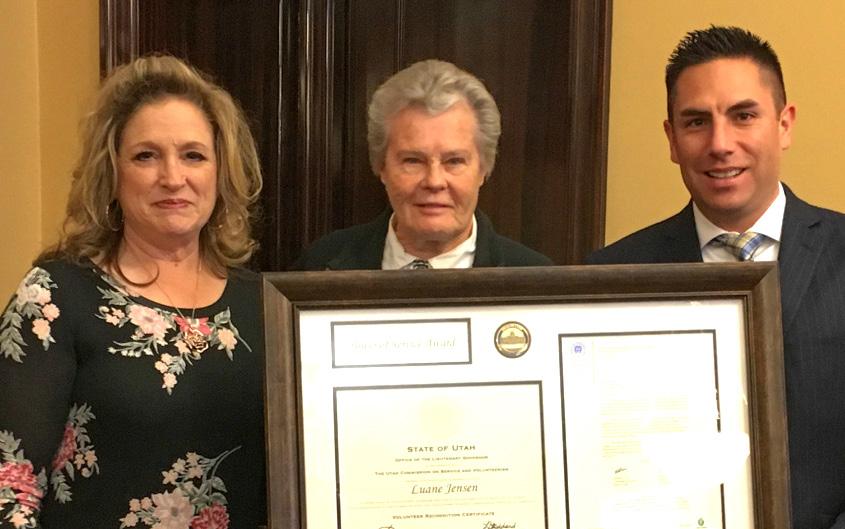

Planning is one of the most complicated functions of municipal government. Planning can be the difference between thriving cities with a healthy tax base and communities that can barely keep up with providing needed infrastructure and services. City Planning is often misunderstood and gets a bad rap— understandably because residents and stakeholders can have opposite visions for the future, and when any decision is made, one side may not be happy. Outside entities and neighboring communities often impact plans. On top of the usual challenges, South Jordan faces the unique pressure of being one of the fastest-growing cities in the nation for the better part of a decade. Growth and change are difficult. South Jordan’s leaders have been balancing the many differing opinions, needs, and property rights of the community in the face of that growth.
Their efforts have been consistently recognized, with South Jordan being named one of the top 50 of “America’s Best Places to Live” by Money.com. The City was also named WalletHub’s 2nd Best City for Access to Resources and the 22nd Best Place Overall in America for 2018. The City was honored in 2017 by USA Today as one of the Top 50 Best Cities in America to Live In, with the highest ranking of any city in the state.
Additionally, South Jordan’s Daybreak Community was named the Best Place in America to Retire, by Where to Retire Magazine. These accolades are in no small part due to the City’s planning efforts.
We often are asked, “What is the City doing to manage growth?” Whether residents want to see the City grow or stop growing altogether, both groups want to know how it manages that growth and all it entails—infrastructure, resource management, economic development, housing availability, etc.
How the City Plans for the Future
South Jordan plans as much as 30 years at a time, updating plans as varying market and societal changes occur. Municipal planners can plan for the future using the general plan, small area plans, zoning, transportation plans, and regional plans. They also influence various county and state boards that make decisions on broader planning initiatives and funding. Some of the City’s adopted plans are
• South Jordan General Plan: This plan guides future growth and investment while preserving the City’s high quality of life and unique character.
• Transportation Master Plan: This plan aims to plan for the future multi-
modal transportation needs of South Jordan City, given the future land use plans.
• Moderate Housing Plan: The purpose of this plan is to understand and forecast needs for affordable housing as directed by the State legislature.
• Active Transportation Plan: This plan provides the groundwork for enhancing active transportation in the community by presenting a vision for future active transportation projects and showing how to realize them.
• Parks & Open Space Master Plan: This plan identifies community goals and objectives related to parks, recreation, arts, trails, and open space and includes a list of prioritized implementation strategies.
• Water Shortage Management Plan: This plan is intended to preserve and protect the public health, safety, and welfare during drought, temporary water shortages, and supply interruptions.
Outside Limitations
One of the biggest misconceptions about municipal planning is thinking cities can do more than is in their control. There are numerous limitations,
including the following:
• Property owner rights and previously approved development agreements and zoning
• State laws and mandates, which change every legislative session
• Other cities’ zoning decisions. The City has no control over what the county or other cities do with their zoning, even if it impacts our residents.
• Market conditions. As we’ve seen in the last few years, market conditions
and infrastructure needs can change, as well as demand for different product types and land uses.
• What other partners or entities are doing, namely UDOT, UTA, Salt Lake County, Jordan School District, South Valley Sewer, or other state entities that are not subject to local zoning.
Though the City doesn’t control these factors, Mayor Dawn Ramsey, the City Council, and staff spend many hours meeting with outside entities to ensure we have a voice as they make planning
decisions. For example, the Mayor and City Council advocated for all three Bangerter interchanges in South Jordan to route under roads. This influenced a change to UDOT’s original plans and resulted in the unique and improved interchanges desired by City residents.
The City considers all resources and limitations to ensure it follows the law, thinks ahead, and makes the best possible decision on behalf of residents. To view the above plans and more, visit our website at www.sjc.utah.gov.


DON’T DRINK AND DRIVE!
According to the CDC, every day 32 people in the United States die in crashes that involve an alcohol-impaired driver. Always use a designated driver or a rideshare company.

WOULD YOU LIKE TO OPEN A CITY COUNCIL MEETING?
The City invites any who are willing to volunteer their time a chance to open our City Council meeting with a thought, prayer, reading or invocation.
The purpose is to allow a wide variety of community members to speak and become involved in our civic process. The presentations are intended to be nondenominational and non-proselytizing in character; however, the City will not dictate the form or content of any such presentation.
If you would like to schedule a presentation for the opening ceremony at a City Council Meeting, South Jordan City Council meets the first and third Tuesday of each month. Presentations are less than two minutes.
If you’d like to present, reach out to the City Recorder, Anna Crookston, and let her know if you would like the presentation to be listed as a prayer, reading, or thought.
acrookston@sjc.utah.gov

















